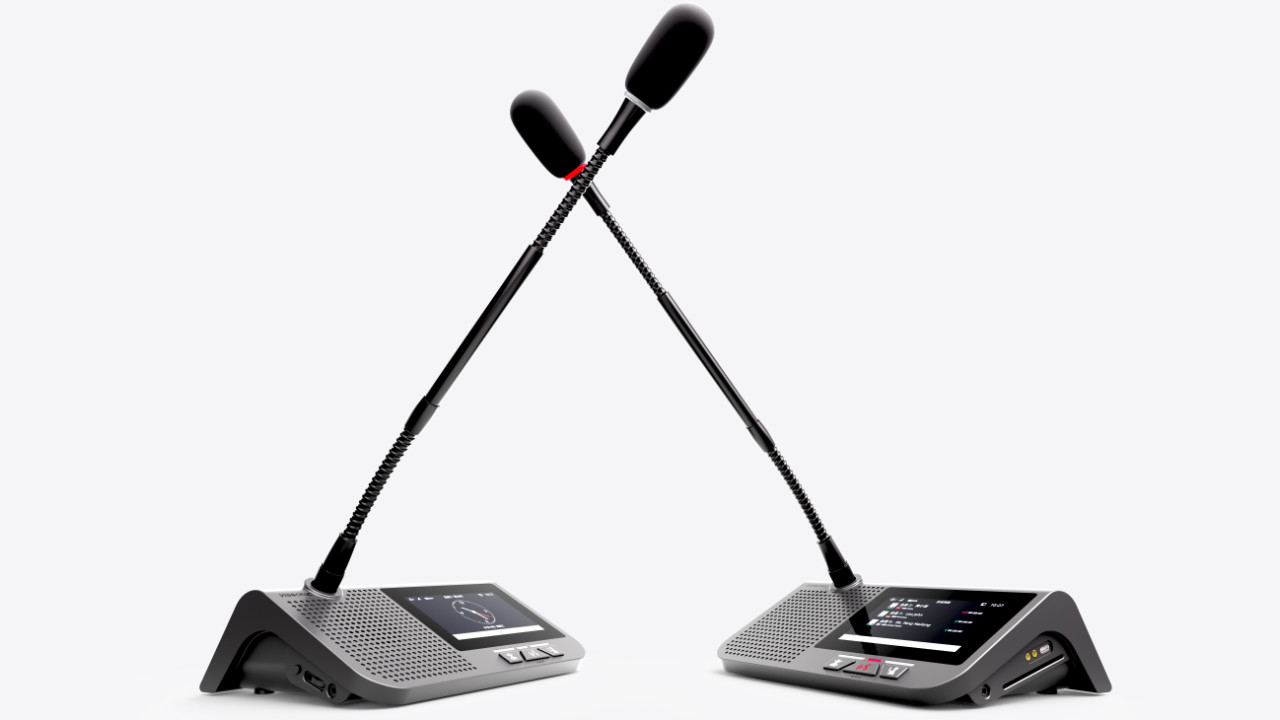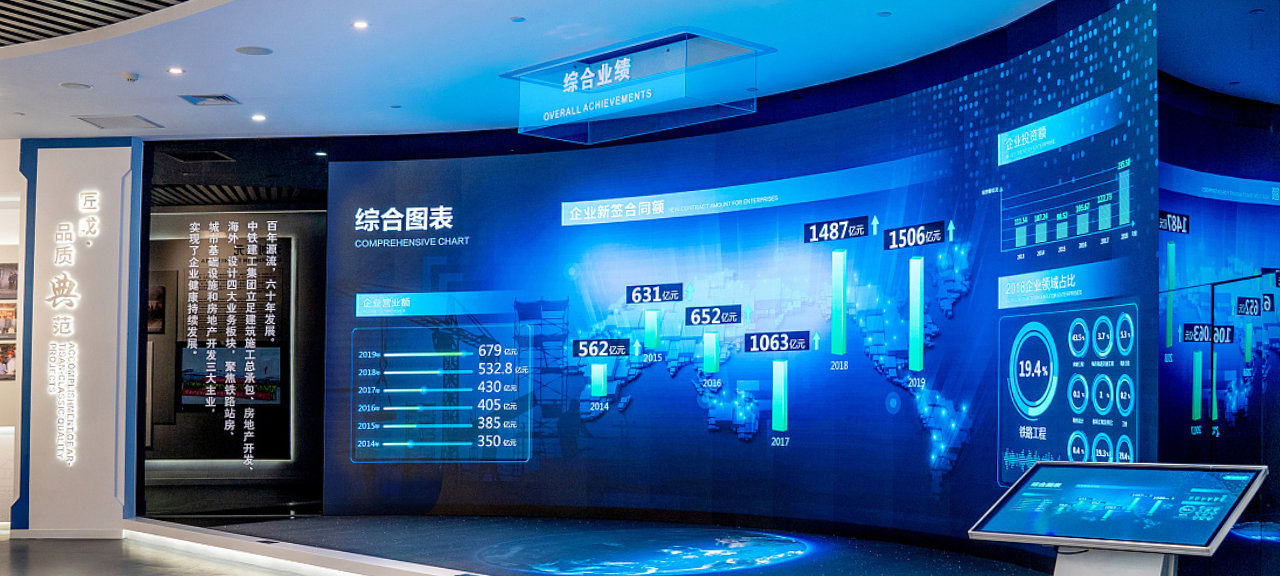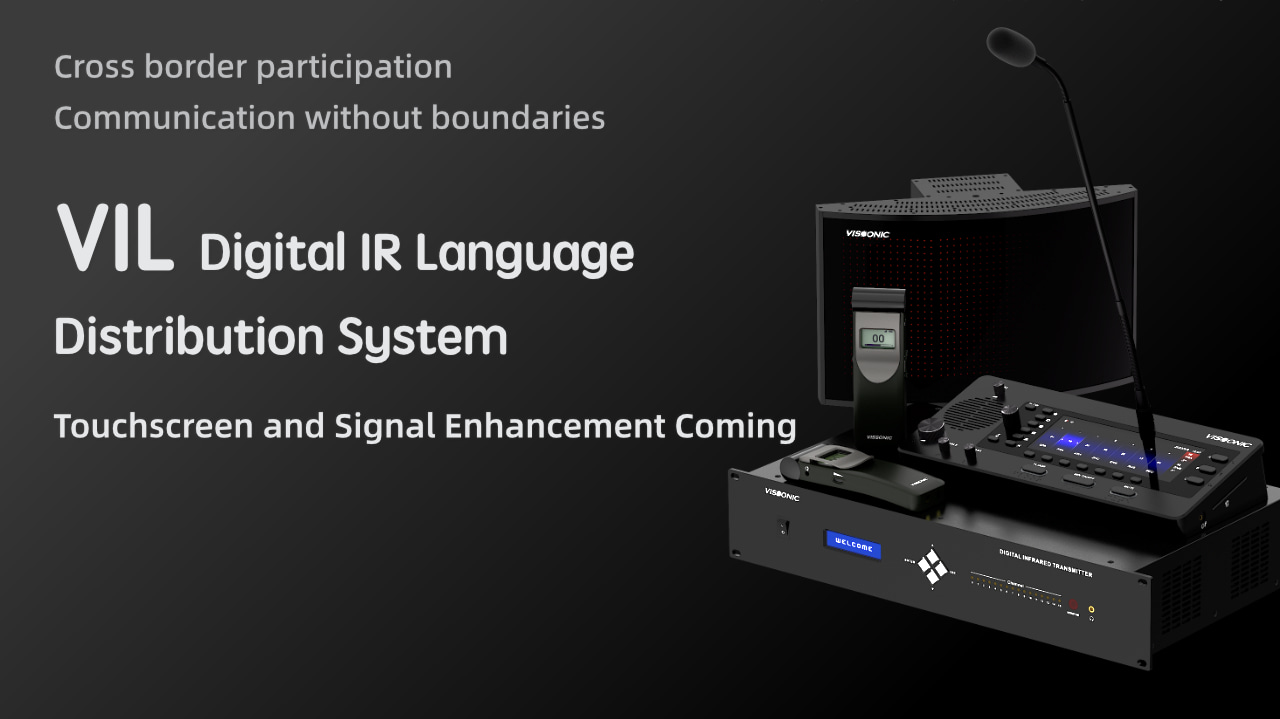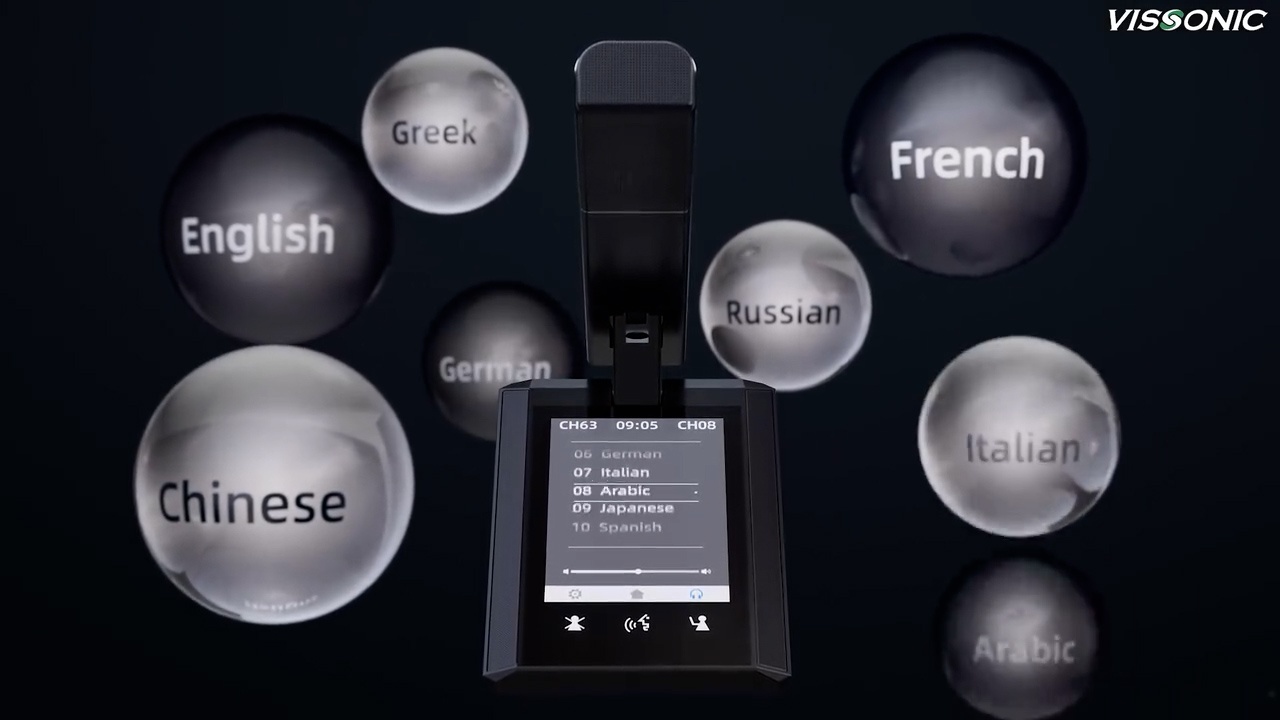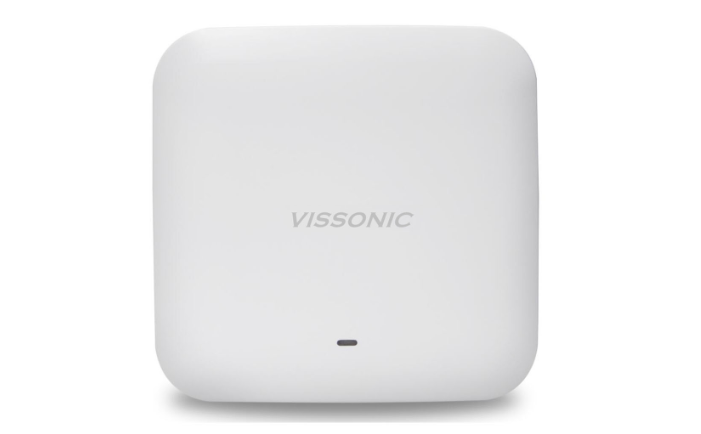Fixed Wireless Access: Your Ultimate Guide
Fixed Wireless Access (FWA) is revolutionizing how we connect to the internet, providing a viable alternative to traditional wired broadband. By leveraging wireless technologies, FWA can deliver high-speed internet to homes and businesses without the need for extensive cabling, making it an appealing solution for rural areas, remote locations, and regions with limited broadband infrastructure. This comprehensive guide delves into the essentials of FWA, its benefits, applications, and how it compares to other connectivity options.
What Is Fixed Wireless Access (FWA)?
Fixed Wireless Access (FWA) is a method of delivering broadband internet by using wireless networks rather than fiber, DSL, or cable lines. Through the installation of an antenna or receiver at the user’s location, FWA connects the user directly to a nearby cell tower or base station, which transmits the internet signal. This eliminates the need for underground cables and supports high-speed data transfer via technologies like 4G, LTE, and increasingly, 5G.
FWA is particularly beneficial for regions where laying fiber or cable is costly or impractical, such as remote and rural areas. By leveraging existing cellular networks, FWA can provide broadband speeds similar to traditional connections, closing the connectivity gap in underserved areas.
VISSONIC 5G WiFi Wireless access point can install on ceiling, wall or with stand rack mount. VISSONIC 5G WiFi wireless access points have a typical coverage range of 30 meters with 128-bit AES digital encryption, WAP2 secure connectivity, MAC address filtering, and SSID hiding to protect against eavesdropping and unauthorized access from delegated units.
How Does Fixed Wireless Access Work?
FWA operates using wireless signals transmitted from a base station, which connects to a user’s location through an outdoor antenna or receiver. Here’s a simplified breakdown of how FWA works:
Step 1: The internet service provider (ISP) transmits data to a nearby base station or cell tower.
Step 2: The base station uses radio frequencies (often in the 3.5 GHz or millimeter-wave spectrum for 5G) to send the signal to a receiver installed at the user’s location.
Step 3: The receiver, which is usually mounted on the roof or side of a building, captures the signal and delivers it to a modem inside the property.
Step 4: The modem translates the signal into a Wi-Fi or wired connection for internet access throughout the location.
Key Benefits of Fixed Wireless Access
FWA provides several advantages that make it a competitive choice for internet access:
1. Faster Deployment
FWA deployment is significantly faster compared to traditional wired broadband. Instead of waiting for fiber cables to be installed, users can set up FWA as soon as the receiver and modem are installed, often in a matter of hours. This makes FWA an ideal solution for new or rapidly developing areas.
2. Cost-Effectiveness
Installing fiber-optic or cable connections can be costly and labor-intensive, especially in rural areas. FWA bypasses the need for such infrastructure, saving on costs while still delivering reliable internet speeds. This affordability makes it a popular option for both users and ISPs aiming to expand broadband coverage.
3. Flexibility and Scalability
Unlike wired broadband, FWA can easily adapt to user demand. As technology advances, FWA networks can scale up by leveraging newer wireless standards, such as 5G, without the need for significant physical infrastructure upgrades.
4. High-Speed Connectivity
With the advent of 5G, FWA can now deliver high-speed internet that rivals, and in some cases, surpasses traditional wired broadband speeds. This is especially advantageous for areas with outdated infrastructure, where FWA can provide an immediate and noticeable improvement in connection quality.
FWA vs. Traditional Broadband Options
Understanding the differences between FWA and traditional broadband options can help users determine the best fit for their needs. Below is a comparison between FWA, fiber, DSL, and satellite:
FWA vs. Fiber: Fiber is known for its high speeds and reliability, but its installation costs and timeframes can be significant. FWA provides similar speeds, especially with 5G, without requiring extensive infrastructure, making it more accessible in underserved regions.
FWA vs. DSL: DSL operates over existing phone lines, which can be limited in speed and prone to degradation over long distances. FWA provides faster speeds and is not limited by proximity to telephone lines, offering a more modern and effective solution.
FWA vs. Satellite: Satellite internet provides global coverage, but it often suffers from latency issues due to the distance signals must travel. FWA, especially with 5G, offers lower latency and more stable connections, making it a preferred choice for interactive applications like video calls and online gaming.
Applications of Fixed Wireless Access in Various Sectors
FWA is versatile, supporting a wide range of applications across multiple sectors. Here are some of its most common applications:
1. Rural and Remote Internet Access
One of the primary applications of FWA is to bridge the connectivity gap in rural and remote areas. By utilizing cell towers and base stations, FWA brings high-speed internet to regions that lack fiber or cable infrastructure, improving access to education, healthcare, and economic opportunities.
2. Backup Internet for Businesses
For businesses that rely heavily on internet connectivity, FWA can serve as a reliable backup connection in case of fiber or cable outages. This ensures minimal downtime and continuity in operations, especially for businesses in critical sectors like finance, healthcare, and e-commerce.
3. Temporary or Emergency Connectivity
FWA is also useful in emergency situations or temporary setups, such as disaster recovery sites, outdoor events, and construction sites. Its quick setup allows organizations to establish reliable connectivity wherever needed, supporting effective communication and coordination.
4. Smart Cities and IoT Integration
As cities become smarter, FWA provides a cost-effective and scalable option for connecting Internet of Things (IoT) devices across urban and suburban environments. From smart traffic lights to environmental monitoring sensors, FWA supports the extensive connectivity needs of modern smart city initiatives.
Challenges and Considerations for Fixed Wireless Access
While FWA offers numerous benefits, there are challenges to consider:
Signal Interference: FWA signals can be impacted by obstacles such as buildings, trees, and adverse weather conditions, affecting performance. Choosing an optimal antenna placement can mitigate some of these issues.
Limited Range: FWA’s range is limited by the distance to the nearest cell tower or base station. Users far from these stations may experience reduced speeds or connectivity issues.
Data Caps: Some FWA providers impose data caps, which can be a limitation for users with high data usage, such as households or businesses with streaming and cloud-based applications.
Questions and Answers
Q: Can FWA replace traditional fiber broadband?
While FWA can deliver high speeds comparable to fiber, especially with 5G, it is not always a complete replacement. Fiber remains superior in densely populated urban areas where infrastructure is available. However, FWA is an excellent alternative in rural and remote areas where laying fiber is impractical.
Q: Is FWA suitable for gaming and streaming?
Yes, FWA, particularly with 5G, offers low latency and high speeds that make it suitable for online gaming, streaming, and other interactive applications. Users may experience slight latency compared to wired connections, but it’s generally a viable option.
Q: What equipment is required for FWA?
FWA requires an antenna or receiver at the user’s location to capture the signal from the nearest base station, along with a modem to distribute the connection within the property. Some FWA providers may supply this equipment as part of the service package.
Fixed Wireless Access is a transformative technology, expanding connectivity options for rural and underserved areas and providing a reliable backup solution for businesses. With 5G advancements, FWA continues to make strides, bringing high-speed internet to more users and reshaping how we think about internet accessibility.

